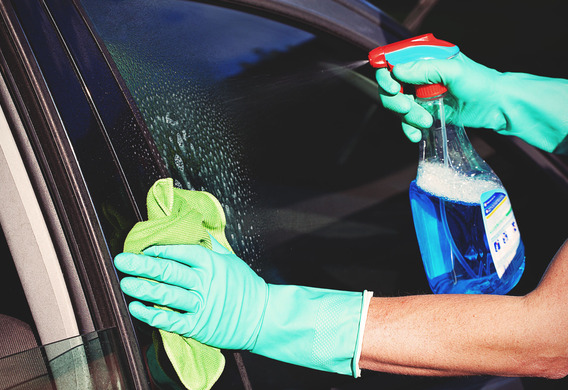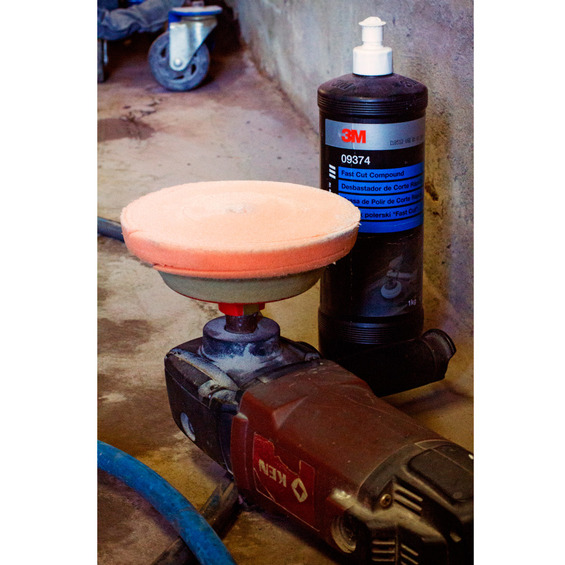
What are the dangers of the windshield?
Why do microscuds appear on the windscreen, hardly visible as well as the characteristic oaks of the windshield wipers? The reason is the sand that climates between the rubber surface of the janet and the windshield. When the driver includes the wipers, the sand plays the role of the abrasives, leaving traces in the form of micro-scratches on the surface of the glass. In addition, the speed of traffic depends on how much damage will be caused by the grains of sand: the drivers of fast cars are often caught in a situation where the windshield is fully covered by the "network" and requires replacement after the 2000-km high speed of the windshield.
The polishing removes the finest layer of glass-just a few microns
Why do barely scratches make the driving insecure? If the discomfort is almost non-present in daylight, the dusk changes everything: the lights of the passing cars create a lot of glare on the windshield, which significantly worsens the visibility and, as a consequence, makes the movement unsafe.
Is the polish savior?
During the processing of glass, defects are removed only in part-it is wrong to assume that all scratches will disappear after polishing.
In case of incompetent handling, the glass surface may become "wavy" and the effect of distortion will appear.
When processing is removed, the finest glass layer is removed to a few microns. In the case of overzealing and removing the layer thickness greater than 10-20 microns, the triplex and the "image" will be distorted.
Specialists recommend not to risk and entrust this procedure to professionals who provide a guarantee. After all, in case of incompetent handling of the polishing technique, the surface of the glass can become "wavy" and the effect of distortion will appear.
How the glass polishing process happens
One way or another, the polishing process itself should be known, regardless of who will polish the windshield. The procedure used is polygraphic paste or powder (water is diluted with water to the formation of paste) and a machine gun (in the garage conditions one can be used with a polygraphic circle at the end). The Bulgarika for these purposes should not be used-this instrument has too high speeds, which may cause overheating of the glass. Optimum turnover is considered to be between 1,200 and 1,700 rpm.
The car is closed by the film, leaving only the glazing areas open and all the windows are thoroughly clean and dry. The next thing you need to do is to do a deflation-to determine the extent and area of damage. Deep cuts and scratches are handled separately-it is a very laborious process that can be trusted only by a specialist.

You can then proceed directly to the polishing. A small amount of pasta needs to be put on a fencing field and then rasterize it on a small piece of glass. Then, steady circular movements, without pressure, begin to pollock the surface.
Three things are to be kept in mind at this point: first, it is necessary to polish evenly, so that the lens effect is formed, and secondly, the poly circle should not get anything superfluous, which can damage the surface of the glass, and in the third, it is necessary to periodically spray the working surface of the window with water to cool it and not to let the polishing paste dry.
Usually the entire process takes about three hours, and its price in workshops varies depending on the windshield area. The average price of one square meter is 2,500 rubles, " he said.
The polishing of the car's windshield is possible, but only under the skilful approach. If this procedure is taken by a newcomer, he risks spoiling the windshield-in the case of uneven polishing, there may be distorting areas.
It is also necessary to understand that polishing will not solve the problem of deep scratches and bevels: only the thin layer of glass is exposed. So, before deciding on this procedure, it is necessary to determine whether it will solve the problem or whether to replace the windscreen.







